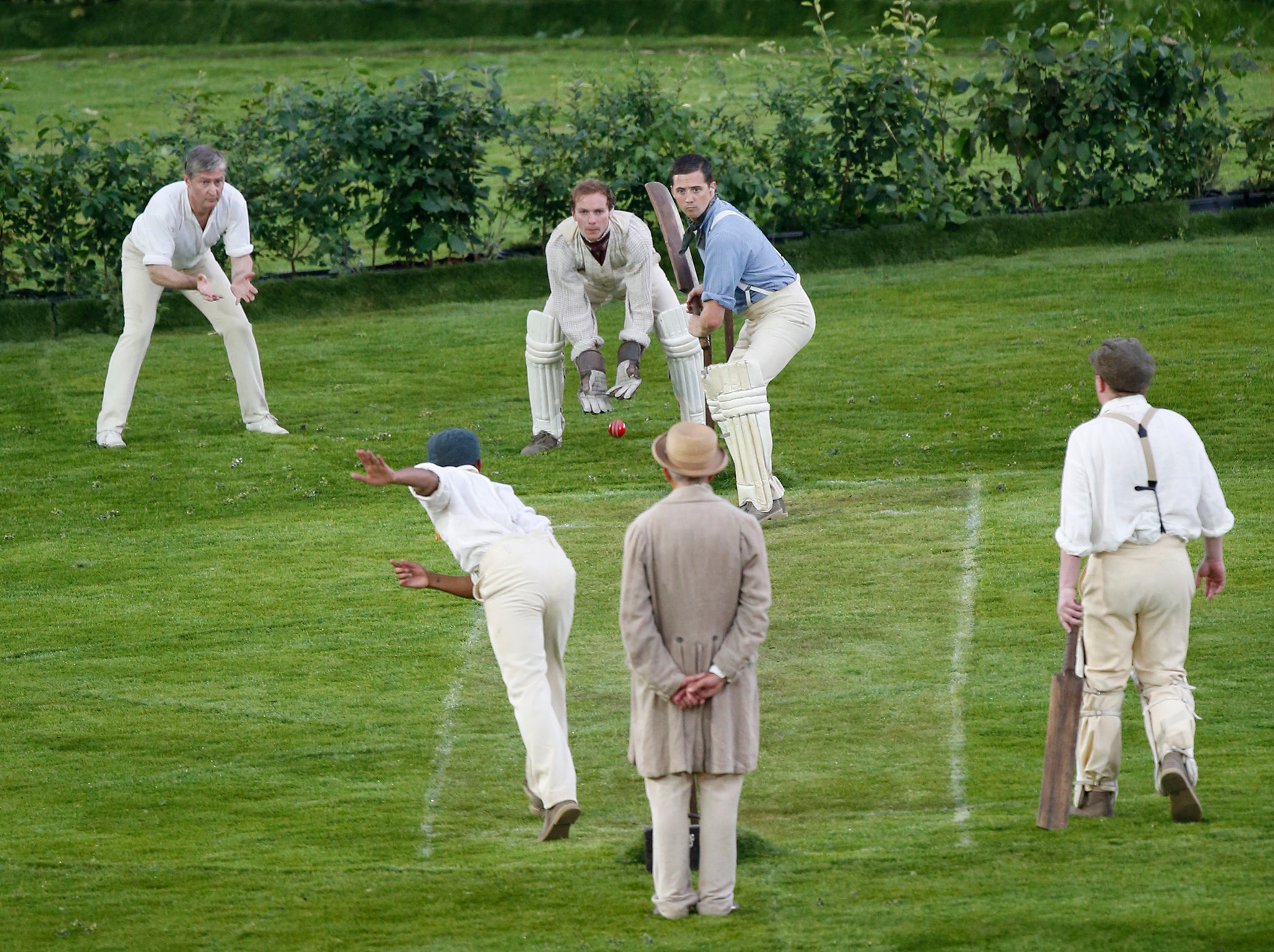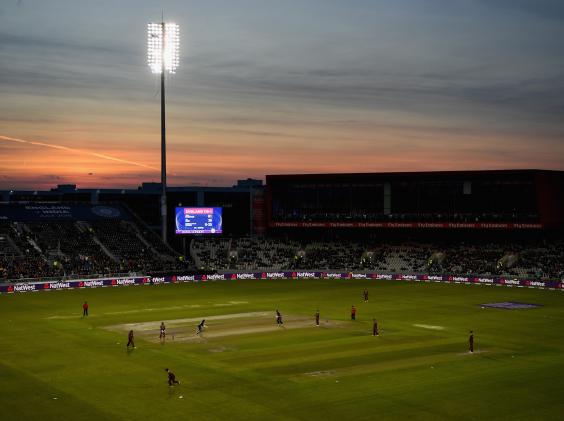
He grinned. “You see where I’m going with this.”
“You want to build a cricket stadium,” I said. I made no attempt to hide my amusement.
“That’s right,” Chuck said. “Hate the word ‘stadium’, by the way. I’m talking about an arena. A sports arena for the greatest cricket teams in the world. Twelve exhibition matches every summer, watched by eight thousand spectators at fifty dollars a pop. A game between India and Pakistan in New York City? In a state-of-the-art arena with Liberty Tower in the background? Can you imagine the panning shots?”
Joseph O’Neill, Netherland (2008)
Cricket is, by its very nature and history, a game of evangelism. So epic and complex is the process of learning and understanding it, the journey from ignorance to enlightenment, that we have long attributed to it edifying or even civilising qualities. From the British Empire to the new 100-ball competition, cricket has long been possessed by the elemental idea that those who do not have the game in their lives are somehow poorer or more corrupt as a result, and must be given it at once, by whatever means necessary.
After all, we didn’t go to all that trouble of learning the LBW law, or why no-balls contribute to a batsman’s tally of deliveries but wides do not, just for the hell of it. Don’t you see? We were becoming better people.
And so it is easy to see why the organisers of the 2019 Cricket World Cup were keen to bring the game’s showpiece event to the London Stadium, home both to the greatest triumph in 21st-century British sport (the 2012 Olympic and Paralympic Games), and the second greatest (Mark Noble grabbing a pitch invader by the buttocks and wrestling him to the ground during West Ham’s recent defeat to Burnley). Quite apart from its size – at 55,000, it is almost twice as big as Lord’s, this country’s largest existing venue – there was a certain symbolic potency to the idea taking the national summer sport to one of this country’s iconic sporting arenas: a new venue, a new audience, a new frontier.
A game between India and Pakistan at the Olympic Stadium? In a state-of-the-art arena with Anish Kapoor’s weird bike-chain sculpture in the background? Can you imagine the panning shots?
It was a bewitching idea, but one that over time became less and less feasible, more and more fraught with potential obstacles. Tournament director Steve Elworthy hired infrastructure consultants Trivandi to map every inch of the existing space, produce thousands of sketches, model every conceivable contingency. Yet the fact that after 18 months of meetings, prototypes and painstaking consultations, the idea was abandoned without so much as a test event indicates just how audacious an idea it was in the first place.
The first problem, you see, is the sun, which rumour has it rises in the east, and sets in the west. And maybe you never gave this much thought, but that’s why virtually all cricket grounds run from north to south, to prevent the setting sun from getting in the eyes of bowlers, batsmen, umpires, scorers and commentators. A few years ago, Old Trafford spent a fortune rotating its square 90 degrees for exactly this reason.
The setup of the London Stadium, meanwhile, is ideally laid out for an east-to-west pitch, with the press box right behind the bowler’s arm and the big screens at point and square leg which could be used as scoreboards. But when, just under a year ago, Andrew Strauss and Eoin Morgan walked out into the centre of the area at dusk to take guard in what would have been the middle, they found the glare of the sun through the stadium’s perspex canopy intolerable.
So the organisers started modelling a north-south pitch, and here they ran into more problems. This is the point: until you’ve genuinely sat down and written down all the things you need to build an international cricket stadium, you simply have no idea of the gargantuan scale of the enterprise.
For example, you need sightscreens. But here, the sightscreens would have got in the way of the replay screens. So you need to build new big screens. And now the press box and commentary box are in the wrong place, so you need to build temporary ones. And new, temporary floodlights. Then there’s camera positions: Sky or BT use about 24 for football matches, cricket needs about 30, and in all different sorts of places.
When Trivandi finally listed the cost of all the infrastructure requirements, they estimated that making the London Stadium suitable for cricket would have slashed the stadium’s capacity to around half – that’s almost 30,000 empty seats – and left it feeling cavernous, draughty, soulless. And frankly, you can already get that at West Ham games. It was with a heavy heart, then, Elworthy rolled up his blueprints and admitted defeat.
Is there a lesson here? In the Joseph O’Neill novel Netherland, an enigmatic Trinidadian entrepreneur called Chuck Ramkissoon buys a disused plot of land in south-east Brooklyn, with ambitious visions of turning it into New York City’s first proper cricket stadium, with its first genuine turf wicket.
Over long hot summers and long cold winters he toils in pursuit of his dream, painstakingly growing and mowing and rolling and weeding, but time and nature and money ultimately defeat him. Chuck dies in unexplained circumstances and soon his pasture grows brown with decay; not just of moss and mould, but of broken dreams.
The point is this. A cricket ground – any cricket ground – is a living, breathing miracle, a testament to the sweat and patience of the dozens who tend to it now, and the idealism of hundreds and thousands who went before them. So too the cricket pitch, an organism borne of nature but which could never exist naturally, subject to any one of a million kaleidoscopic variables that will fundamentally alter how a cricket ball behaves on contact with it. And so too cricket itself, a game so delicate it can be destroyed by a spot of rain, and yet resilient enough to thrive on every continent on Earth, to survive wars and upheaval and the long slow plod of time.
The point, above all, is this: the 2019 World Cup organising committee, backed by the might of the International Cricket Council, the political heft of the ECB, a budget of millions and a timeframe of almost a decade, couldn’t make cricket happen at the London Stadium. Perhaps it’s time we showed a little more appreciation for the cricket that does happen. Clearly, it’s harder than it looks.


Be the first to comment